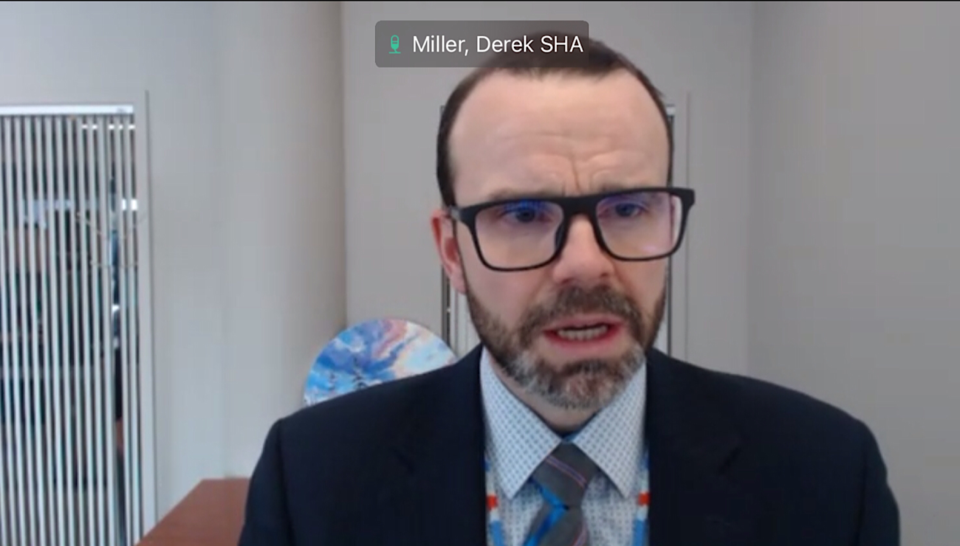REGINA - Saskatchewan Health Authority has provided an update on the progress made so far under their Saskatoon Capacity Pressure Action Plan and Regina Capacity Pressure Action Plan.
The plans came into effect to address overcapacity pressures in both Saskatoon and Regina seen in the fall, following reports of hallway overcrowding and fire code violations in Saskatoon and Regina health facilities.
The Saskatoon plan was announced in November and Regina in December. SHA says in a news release that since that time it has added 116 hospital and community beds between Regina and Saskatoon in the following areas:
43 additional acute care beds and three ICU beds at Royal University Hospital in Saskatoon;
Five additional acute care beds at St. Paul’s Hospital in Saskatoon;
32 transitional beds in Saskatoon;
27 additional beds in Regina’s Community-based Long-term Care program; and
Six hospice beds at Wascana Rehabilitation Centre in Regina.
SHA also states work is underway to identify locations in Regina and Saskatoon where they are looking to add up to 400 transitional, convalescent and long-term care beds, along with a complete needs assessment of inpatient and long-term bed capacity given the province’s current demand and future growth.
SHA says that since the plans were implemented they have already hired or recruited more than 280 permanent positions across the province, primarily in Saskatoon and Regina. SHA expects to have that staff in place over the next number of weeks providing quality care.
“While we have been able to build from immediate capacity into the system, other actions will take more time to bring on board to procurement as well as our internal staffing efforts,” said Derek Miller, Chief Operating Officer for the SHA. “In collaboration with the Ministry of Health and the Ministry of Sask Builds and Procurement, the SHA continues planning and recruitment to operationalize the Regina Urgent Care Centre later this year which will provide an access point for patients requiring urgent medical care.”
While there have still been reports of overcapacity issues including an incident at St. Paul’s Hospital a week ago, John Ash, Vice-President, Integrated Saskatoon Health for the SHA, said they are already seeing encouraging results.
“I think first and foremost was the added 32 temporary transition beds that were implemented in December,” said Ash. “We’re already seeing a reduction in the number of patients waiting in our acute care facilities for community resources or support. What that does is frees up a bed, allowing for those patients waiting in the emergency department waiting to be admitted to access an appropriate acute care facility. I think that’s immediate results that we are seeing.”
Ash also says that they are beginning to see the enhancements of staff in particular in the emergency departments, and notes staff are “expressing gratitude and thanks for those additional staff coming online that could support extra volume of patients as well as freed-up nursing time to do nursing care, and not having some other non-nursing duties. Those are some of the early signals of some of the action we’re seeing.”
SHA is thanking the staff for their efforts.
“We can’t stress enough how much we appreciate the hard work dedication and commitment. Our staff and physicians show every day in our hospitals, long-term care, homes and care facilities,” said Miller. “They’re second to none. I couldn’t be more proud to work alongside them to help address the capacity pressures.”






